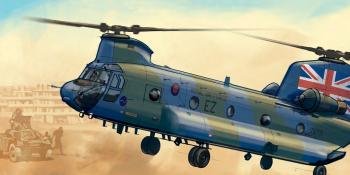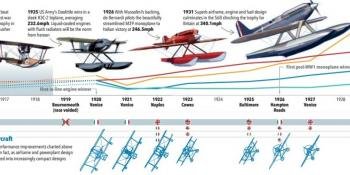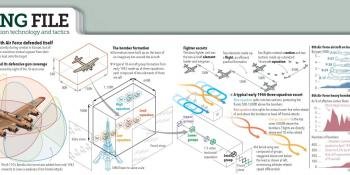Perhaps the most misunderstood aircraft is the autogyro, often confused with the now more familiar helicopter it closely resembles.
However, in aerodynamic terms it is a distinct type. The concept of autorotation is very familiar through the sycamore (acer pseudoplatanus) seed’s ‘wings’, but like the sketch of a ‘helicopter’ by Leonardo da Vinci, the challenge of powering and using a humanlifting rotating wing remained theoretical until the 20th century.
A successful rotorcraft was first developed by Spanish engineer Juan de la Cierva y Codorníu, 1st Count of de la Cierva — usually known as Juan de la Cierva. He was originally trying to come up with the holy grail of inter-war aviation, the ‘safe’ aircraft. Cierva realised that both accidents from stalling and the need for ground speed and distance for landing were limiting aviation applications and safety.
He started with models, then full-size aircraft, in a process of continuous evolution, overcoming a myriad of interconnected challenges to arrive at what was the first practical, working operational rotorcraft. The need for a dynamic rotor disc was discovered when his full-size prototype would not work, while the model did.
Cierva realised the flexi…





